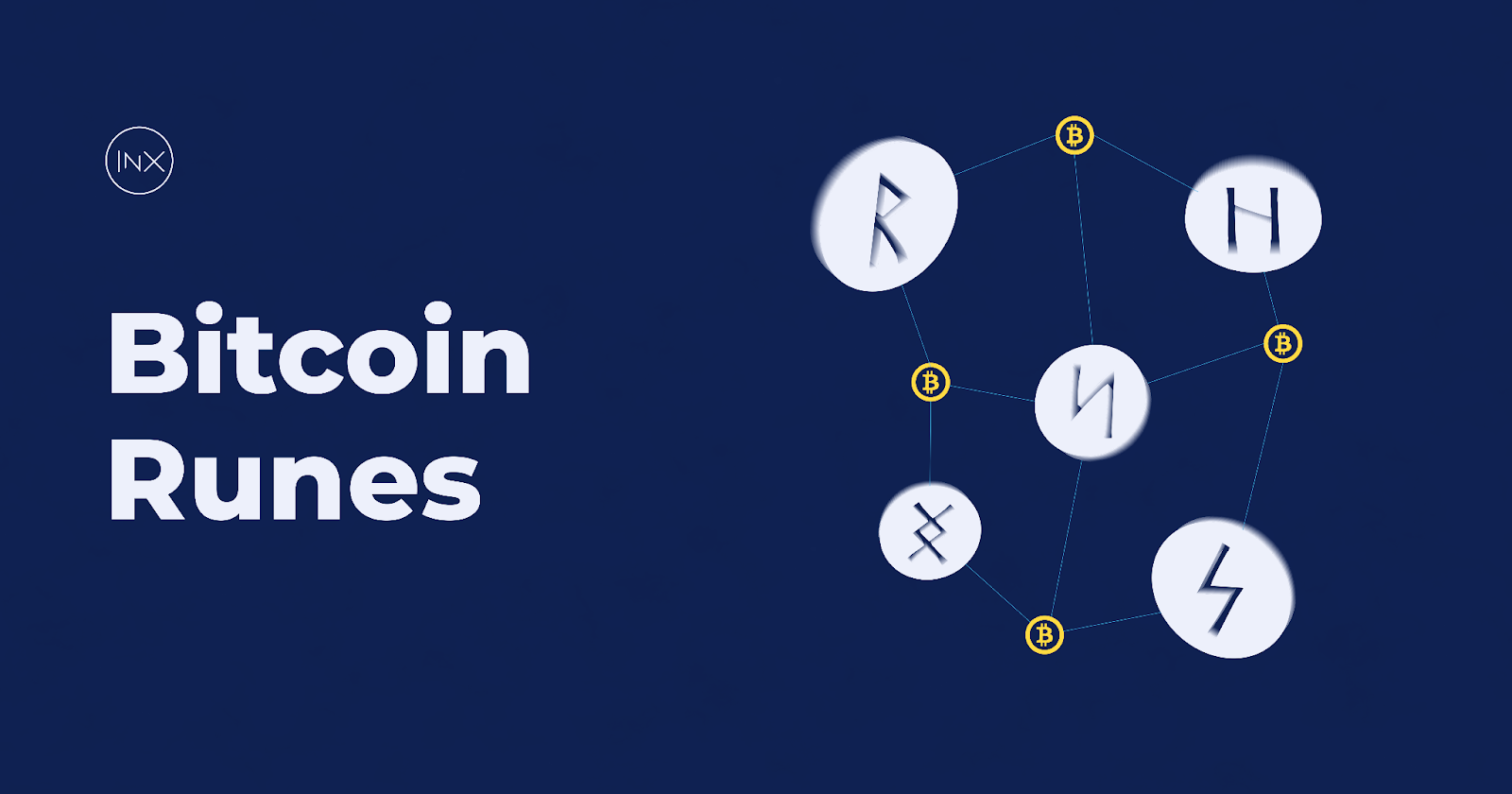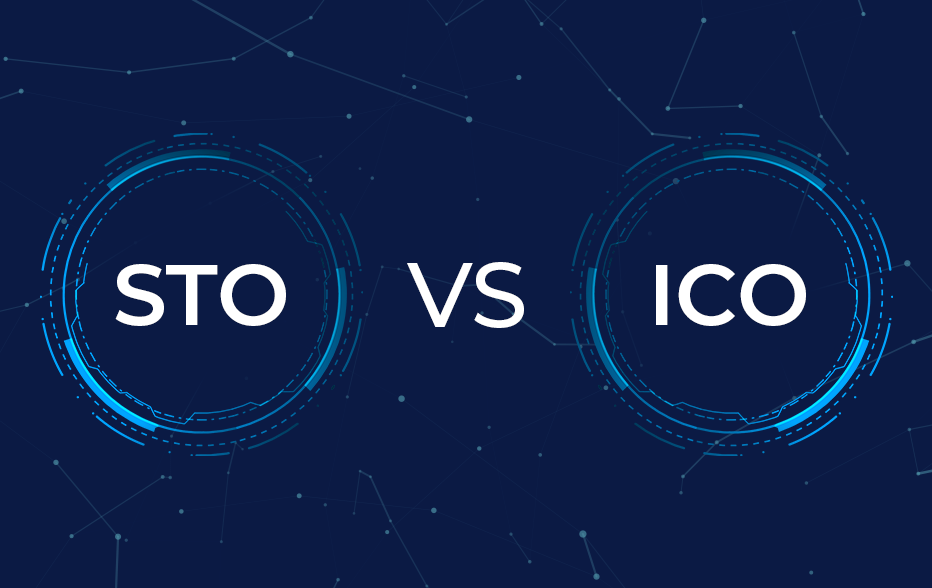Everything You Should Know about Runes, Bitcoin’s New Token Standard
Meta description: Bitcoin Runes allows the easy creation of fungible tokens on Bitcoin. This article discusses the Runes protocol and how Bitcoin Runes works.

Bitcoin Runes is arguably one of the biggest stories in the blockchain and crypto space this year. Why? The Runes Protocol introduces a new token standard that offers a practical and scalable way of issuing/managing fungible tokens on the Bitcoin blockchain.
Runes token leverages the Bitcoin native UTXO model to handle token issuance and management. In this piece, we explain exactly what Bitcoin Runes tokens are and how the Runes protocol works. Lastly, we added a section about how to position yourself for the Runes protocol launch at the Bitcoin Halving.
What is Bitcoin Runes
Bitcoin Runes are fungible tokens issued directly on the Bitcoin blockchain using the Runes Protocol. The Runes protocol is a new protocol on the Bitcoin blockchain proposed by the Bitcoin Ordinal protocol creator, Casey Rodarmor.
The protocol is a simpler and better alternative to the BRC-20 standard for fungible tokens on Bitcoin. Although the BRC-20 token standard introduces a way to create Bitcoin-native tokens, it has also created problems like network clogs and increased transfer fees. Runes is a more practical option for creating fungible tokens, requiring fewer resources and fees.

Furthermore, unlike the existing fungible token protocols on the Bitcoin blockchain, the Runes protocol doesn’t require a native token or off-chain data to work.
How Does the Runes Protocol Work
Runes Protocol uses Bitcoin’s native UTXO (Unspent Transaction Output) model for token creation and management. In practice, the Bitcoin UTXO model allows users to track their Bitcoin by treating each Bitcoin unit as unspent transaction outputs (UTXOs).
A UTXO is the amount of digital currency remaining after a transaction. You can think of UTXOs as loose change you get when you transfer with physical cash. For example, if you own 1 BTC and pay Bob 0.5 BTC for a service. The network gives Bob the whole 1 BTC and returns 0.5 BTC to you as a ‘change’ in the form of a UTXO you can spend in the future.

When you create a Runes token, it is assigned to a specific UTXO through a protocol message. This UTXO can contain any amount of Runes tokens (be it billion or trillion) and is used to track the token balance directly. A transfer function splits the UTXO into smaller UTXOs holding different amounts to facilitate token transfers to recipients.
The UXTO model is effective because it imposes a lighter load on the network compared to BRC-20 tokens and streamlines the minting process. It also makes the protocol easily compatible and scalable with the lightning network.
In terms of storage, the Runes protocol avoids the complexity and security risk of using the witness section of Bitcoin transactions for storage. Instead, it uses the OP_RETURN message data integrated into the Bitcoin native UTXO model.
Bitcoin Runes Vs. BRC-20 Standard
The major difference between Runes and BRC-20 token standards is in how they work. The BRC-20 standard relies on the Bitcoin Ordinal protocol to issue fungible tokens on the Bitcoin network. The Ordinal protocol introduced the numbering scheme (Ordinal Theory), which was initially used to create non-fungible (NFTs) on Bitcoin.
This makes the BRC-20 token standard inefficient; creating and managing BRC-20 tokens often produces a significant volume of redundant UTXOs, which, in turn, causes network congestion and higher network fees.
The Runes protocol, on the other hand, utilizes the UTXO model to create a streamlined process for issuing and managing Runes tokens. Additionally, the Rune protocol is directly compatible with the Lightning Network, which makes it easy to facilitate fast, cost-effective transactions that make it scalable.

How to Get Ready for the Bitcoin Runes Launch At Halving
The Runes Protocol launch is set for April 20, around the expected time of Bitcoin Halving. To prepare properly, you need a Bitcoin wallet compatible with Runes. Top wallets you can use include Xverse and ME Wallet.
Another important step is to get some bitcoins in your wallet. Because Runes operates on the Bitcoin network, you’ll need BTC for transaction fees to send and interact with Runes tokens.
The good thing is that you can easily buy BTC with your credit card or bank account on INX.one. The process is quick and efficient; you only need an INX account, and you’re set. To get started, follow our quick tutorials on buying Bitcoin with your credit card or ACH deposits.
Lastly, if you want to watch out for promising Runes projects, we have highlighted some promising projects in the next section.

Top Runes Project to Know Before Launch
Here are some of the projects that are already making waves before the Launch.
- Runestone: Runestone is an ordinal and memecoin project launched in March and it is already one of the most talked-about Runes projects. The project is mostly known for mining the largest block on the Bitcoin blockchain to date and its Airdrop project.
- RSIC: The RSIC Metaprotocol became popular in January after it airdropped 21,000 inscriptions to ordinal collectors on the network. The project is a gamified campaign that lets its holders mine tokens for the Runes launch.
- Runes Terminal: The Runes Terminal is building the infrastructure for Runes projects, including a RunesScan ( an explorer for Runes), Runespad (a Launchpad for Runes tokens), and RunesEtcher (for issuing and batching new Runes).
Other notable mentions include Runecoin, The Rune Guardian, Runnessance (lending platform on Runes and Pipes), RunePro (building a marketplace for Runes), and Runetoshi (it lets you mint Runes tokens).
FAQs
- Is Bitcoin Runes the same as Ordinals?
No, the Runes protocol is different from the Ordinal protocol. Although the same person, Carey Rodamore, created them, they operate on different principles. Bitcoin Runes follows the UTXO model to create fungible tokens on Bitcoin, while Ordinal protocol follows the Ordinal theory.
- When does Bitcoin runes launch?
The Runes Protocol is set to launch at Bitcoin’s Halving, meaning that the protocol and Runes tokens built on it will go live at Bitcoin’s Height of 840,000. This is currently expected to happen around April 20, 2024.
- How Can I get Runestone Airdrops?
You are eligible for a Runestone Airdrop if you have met the required requirement, i.e., performed 3 inscriptions in the Ordinals protocol. The Runestone was automatically airdropped into qualified wallets in March.
The INX Digital Company INC April 16, 2024
The INX Digital Company inc. is an expert in the field of finance, crypto and digital securities.





